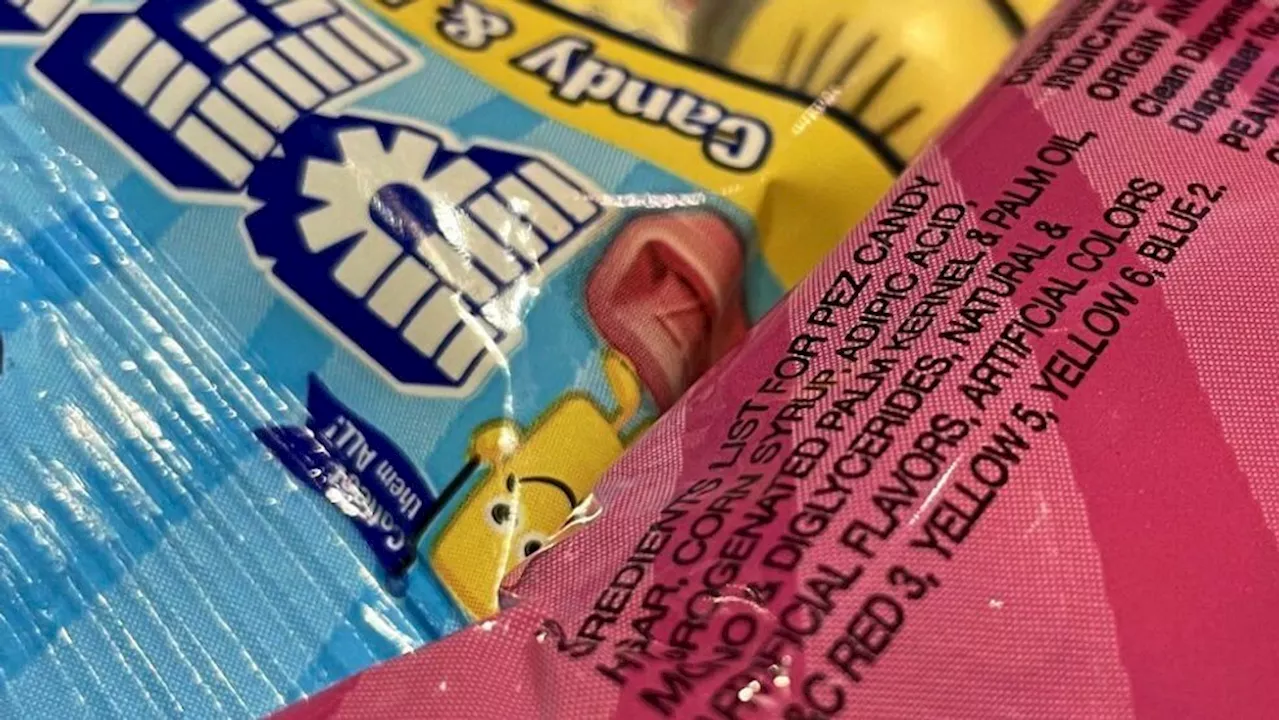The FDA has banned the use of Red 3 dye in food due to potential cancer risks, following a petition from health advocates. The ban, effective in 2027, removes the dye from approved color additives for food, dietary supplements, and oral medicines.
U.S. regulators have banned the use of Red 3 dye in the nation's food supply, nearly 35 years after it was prohibited from cosmetics due to potential cancer risk s. The Food and Drug Administration ( FDA ) granted a 2022 petition filed by numerous food safety and health advocates who urged the agency to revoke authorization for the substance responsible for the vibrant red hue in certain candies, snack cakes, and maraschino cherries.
The FDA cited a statute known as the Delaney Clause, which mandates the agency to ban any additive found to cause cancer in humans or animals. Some studies have indicated that Red 3, also known as erythrosine, FD&C Red No. 3, or Red 3, caused cancer in lab rats.The ban removes Red 3 from the list of approved color additives in foods, dietary supplements, and oral medicines, such as cough syrups. Manufacturers will have until January 2027 to remove the dye from their food products, while makers of ingested drugs have until January 2028 to comply. While other countries still permit certain uses of the dye, imported foods must adhere to the new U.S. requirement.This decision has been welcomed by health advocates who have long called for the FDA to reconsider its previous stance on Red 3. In 1990, the FDA declined to authorize its use in cosmetics and topical drugs after a study revealed its carcinogenic potential in rats. However, the agency determined that the mechanism of cancer induction in rats didn't apply to humans. Consequently, Red 3 authorization in food remained unchanged. Over the years, numerous petitions and congressional demands have urged the FDA to revisit this decision, particularly emphasizing the potential risks to children who consume a disproportionately higher amount of Red 3 relative to their body weight. Some food manufacturers have already begun reformulating their products to exclude Red 3, opting for alternatives like beet juice, carmine, and pigments derived from purple sweet potatoes, radishes, and red cabbages
Red 3 FDA Food Dye Cancer Risk Delaney Clause Health Advocates
United States Latest News, United States Headlines
Similar News:You can also read news stories similar to this one that we have collected from other news sources.
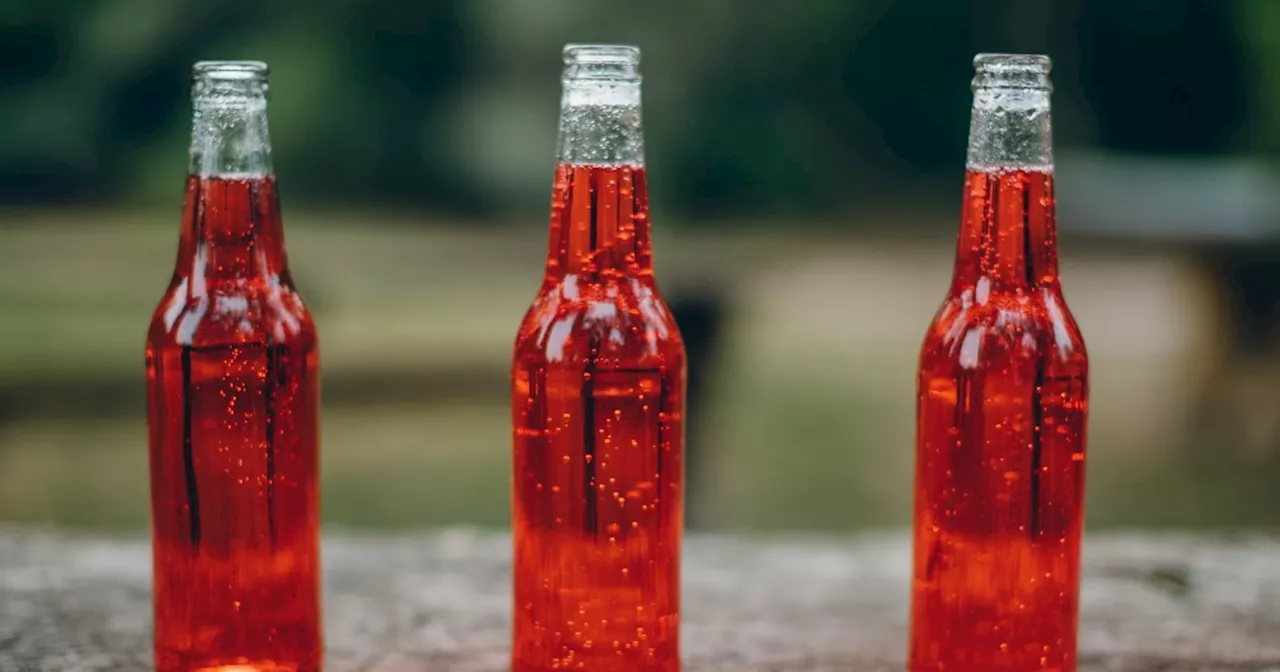 FDA Bans Red No. 3 Food Dye Over Cancer ConcernsThe Food and Drug Administration (FDA) has banned the use of Red No. 3, a synthetic dye linked to cancer in animals, in all food and beverages sold in the United States. The ban, effective January 2027, comes after years of advocacy from consumer groups and lawmakers who raised concerns about the dye's potential health risks.
FDA Bans Red No. 3 Food Dye Over Cancer ConcernsThe Food and Drug Administration (FDA) has banned the use of Red No. 3, a synthetic dye linked to cancer in animals, in all food and beverages sold in the United States. The ban, effective January 2027, comes after years of advocacy from consumer groups and lawmakers who raised concerns about the dye's potential health risks.
Read more »
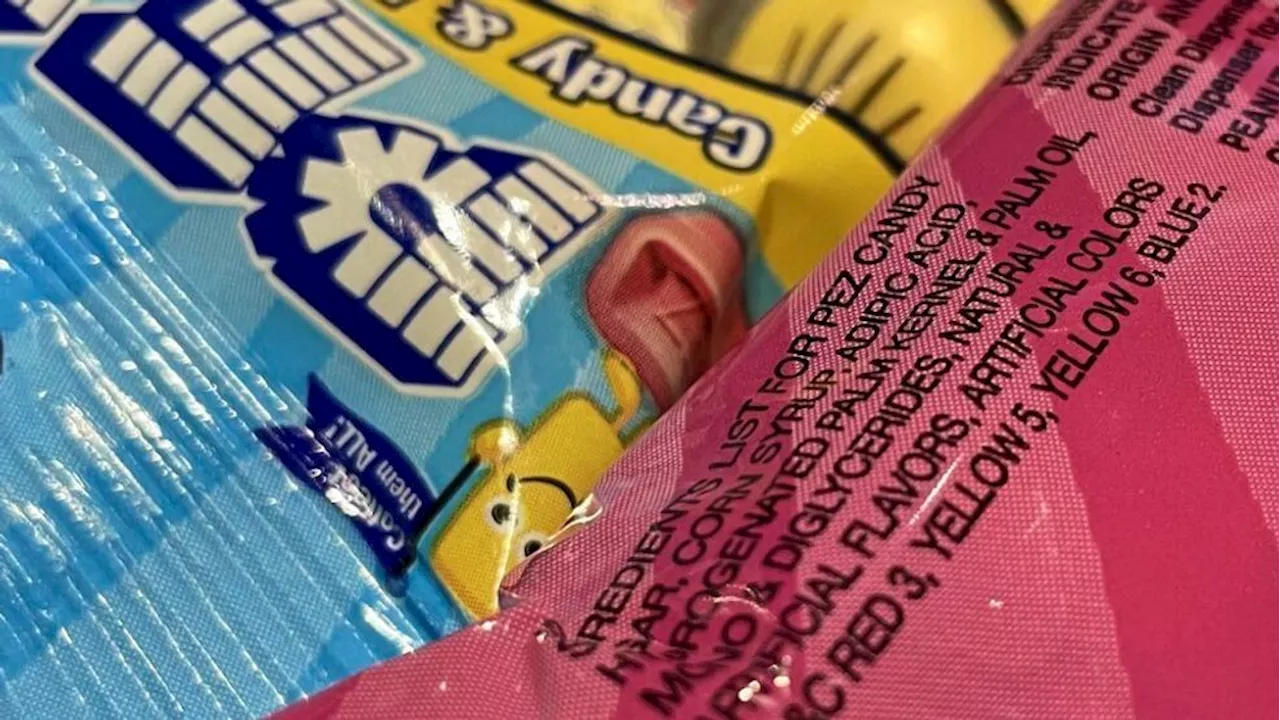 FDA Bans Red Dye No. 3 From Food Supply Over Cancer RiskThe U.S. Food and Drug Administration (FDA) has banned Red 3, a synthetic dye used to give foods a bright red hue, citing potential cancer risks in lab rats. This ban comes nearly 35 years after Red 3 was prohibited from cosmetics due to similar concerns. While the FDA acknowledges that the way Red 3 causes cancer in rats does not apply to humans, the Delaney Clause, a law requiring the ban of any additive found to cause cancer in humans or animals, necessitates this action.
FDA Bans Red Dye No. 3 From Food Supply Over Cancer RiskThe U.S. Food and Drug Administration (FDA) has banned Red 3, a synthetic dye used to give foods a bright red hue, citing potential cancer risks in lab rats. This ban comes nearly 35 years after Red 3 was prohibited from cosmetics due to similar concerns. While the FDA acknowledges that the way Red 3 causes cancer in rats does not apply to humans, the Delaney Clause, a law requiring the ban of any additive found to cause cancer in humans or animals, necessitates this action.
Read more »
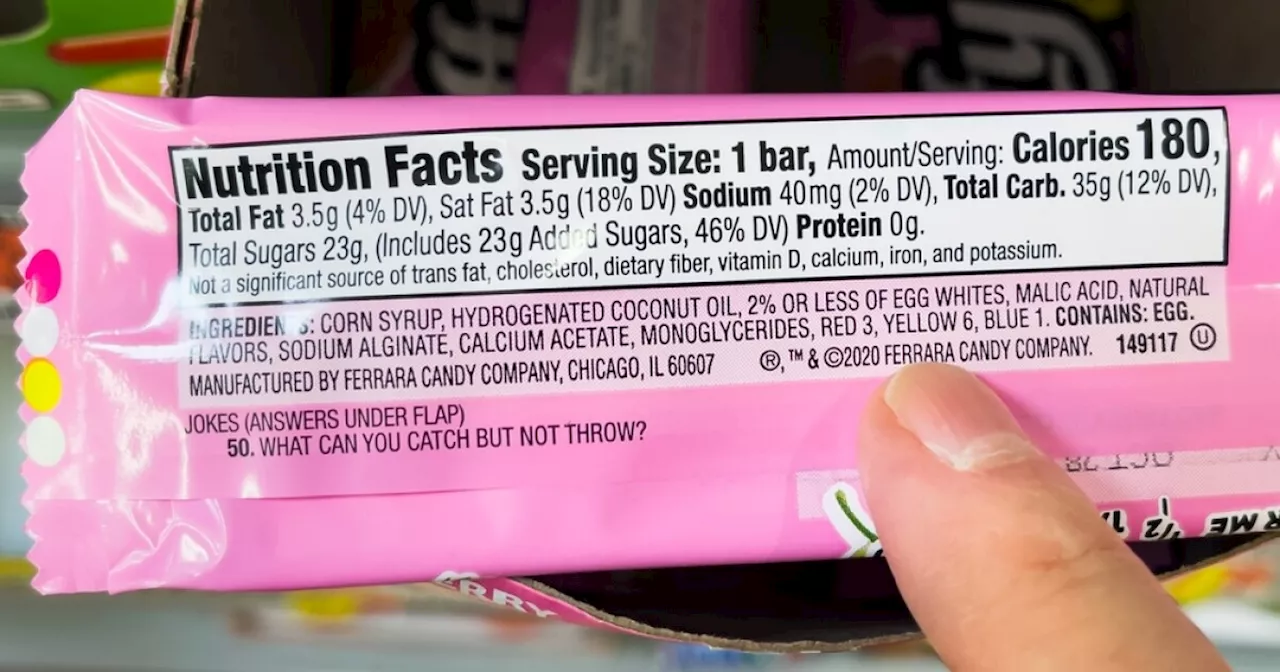 FDA Bans Popular Food Dye Red No. 3 Over Cancer ConcernsThe Food and Drug Administration (FDA) has banned the use of Red No. 3, a common food dye, in food and drugs sold in the US. The decision was made based on studies that showed a link between Red No. 3 and cancer in male rats. While the FDA says that the risk to humans is low, food manufacturers will have two years to reformulate their products to remove the dye.
FDA Bans Popular Food Dye Red No. 3 Over Cancer ConcernsThe Food and Drug Administration (FDA) has banned the use of Red No. 3, a common food dye, in food and drugs sold in the US. The decision was made based on studies that showed a link between Red No. 3 and cancer in male rats. While the FDA says that the risk to humans is low, food manufacturers will have two years to reformulate their products to remove the dye.
Read more »
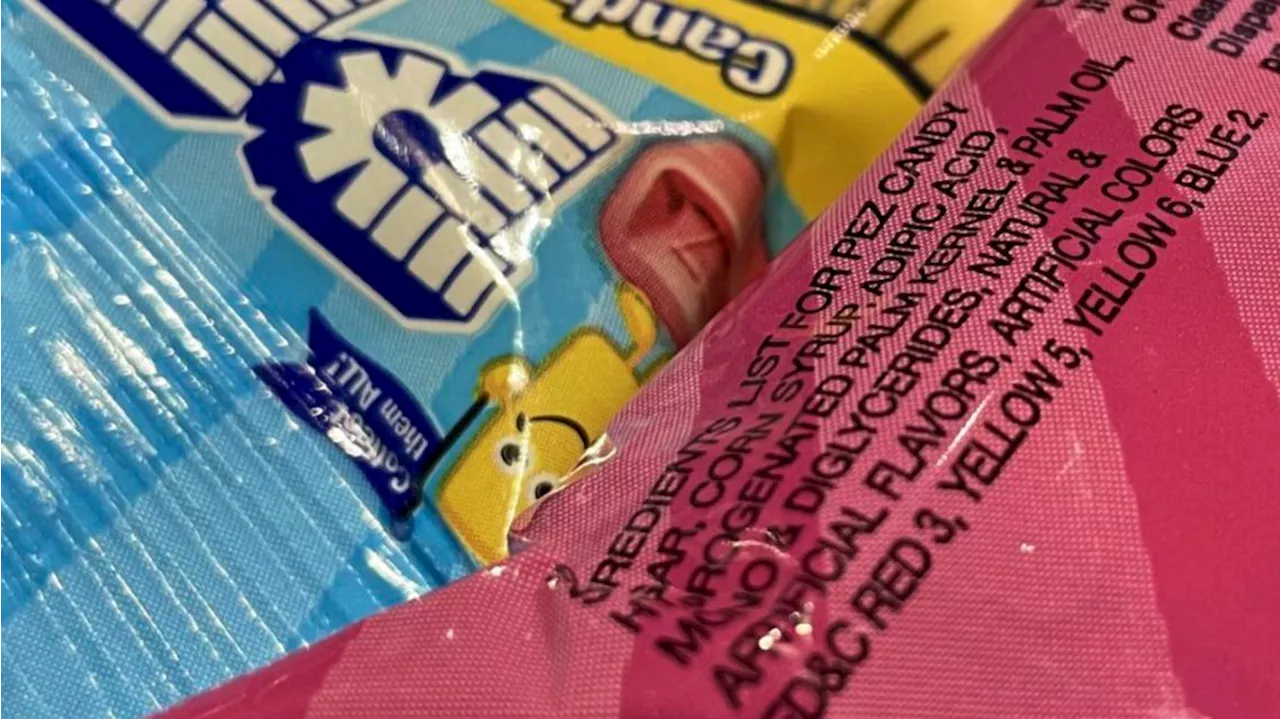 FDA Bans Red Dye No. 3 in Food, Citing Cancer Risk in RatsThe FDA has banned the use of Red Dye No. 3 in food and ingested drugs, citing studies that showed cancer in lab rats. The ban, effective for food manufacturers by January 2027 and drug makers by January 2028, comes after years of pressure from health advocates who argued that the dye poses a risk to human health. While the FDA stated the ban is based on the Delaney Clause, which prohibits additives causing cancer in humans or animals, it acknowledged that the way Red 3 causes cancer in rats doesn't apply to humans. The agency received a petition from two dozen food safety and health advocates in 2022.
FDA Bans Red Dye No. 3 in Food, Citing Cancer Risk in RatsThe FDA has banned the use of Red Dye No. 3 in food and ingested drugs, citing studies that showed cancer in lab rats. The ban, effective for food manufacturers by January 2027 and drug makers by January 2028, comes after years of pressure from health advocates who argued that the dye poses a risk to human health. While the FDA stated the ban is based on the Delaney Clause, which prohibits additives causing cancer in humans or animals, it acknowledged that the way Red 3 causes cancer in rats doesn't apply to humans. The agency received a petition from two dozen food safety and health advocates in 2022.
Read more »
 Husband Demands Wife Dye Her Hair Red AgainA woman's husband insists she dye her hair red after she stopped coloring it, claiming it made her more attractive and that her gray hair makes him feel old. The woman argues it's her right to choose her own hair color.
Husband Demands Wife Dye Her Hair Red AgainA woman's husband insists she dye her hair red after she stopped coloring it, claiming it made her more attractive and that her gray hair makes him feel old. The woman argues it's her right to choose her own hair color.
Read more »
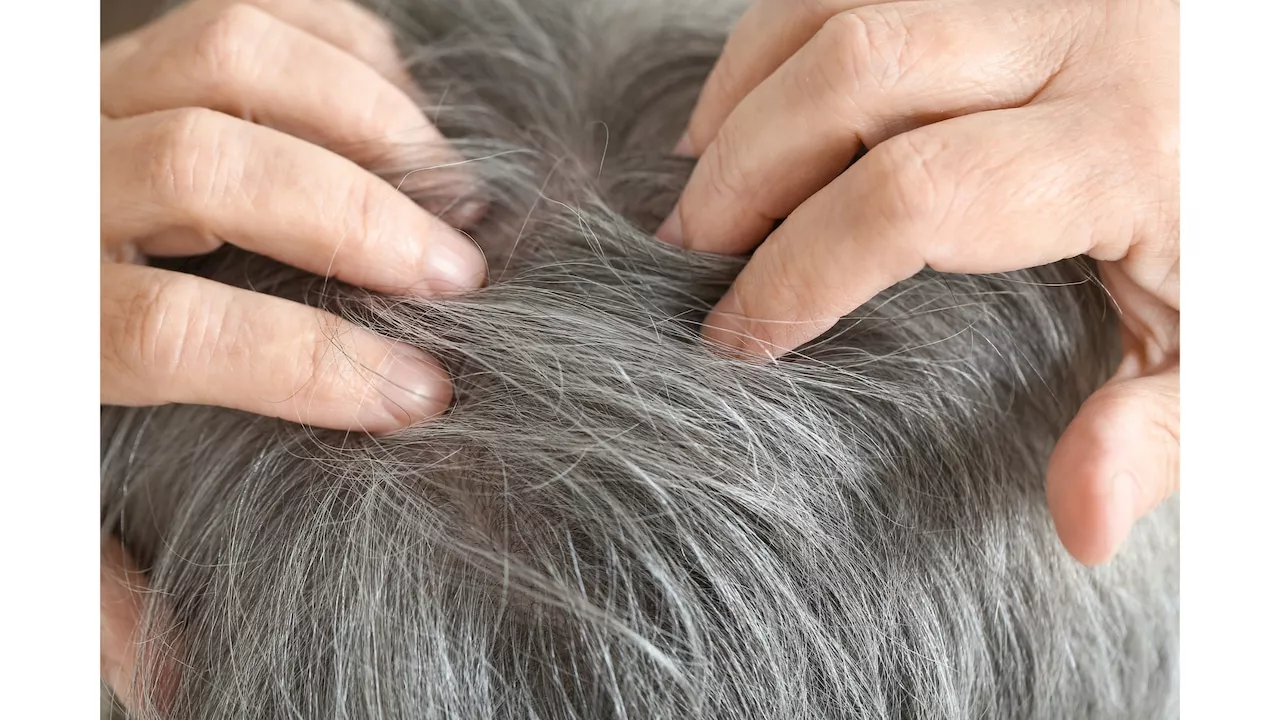 Husband Demands Wife Dye Her Hair RedA woman's husband is pressuring her to dye her hair red again after she stopped coloring it. She finds his comments about her gray hair hurtful and embarrassing.
Husband Demands Wife Dye Her Hair RedA woman's husband is pressuring her to dye her hair red again after she stopped coloring it. She finds his comments about her gray hair hurtful and embarrassing.
Read more »
